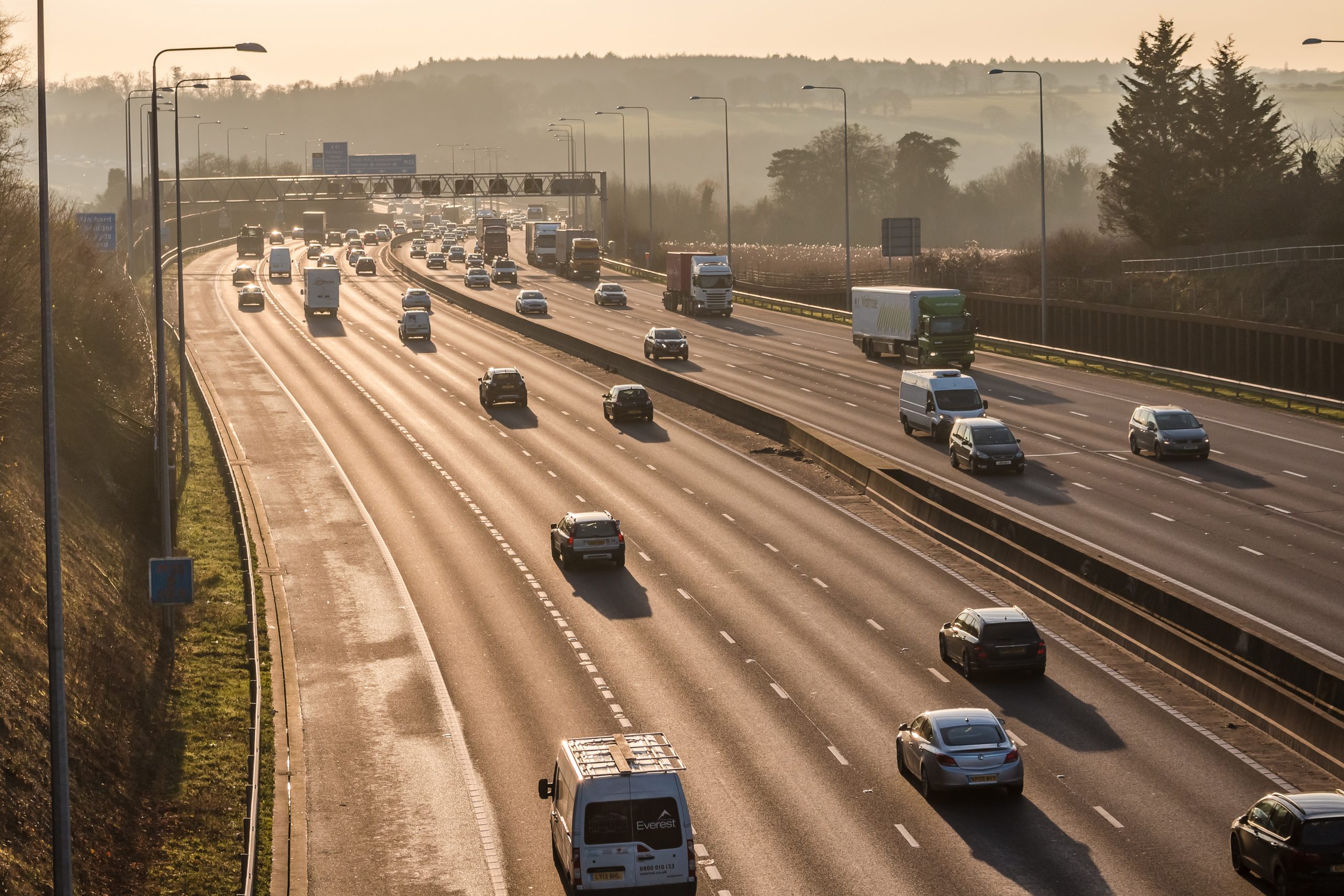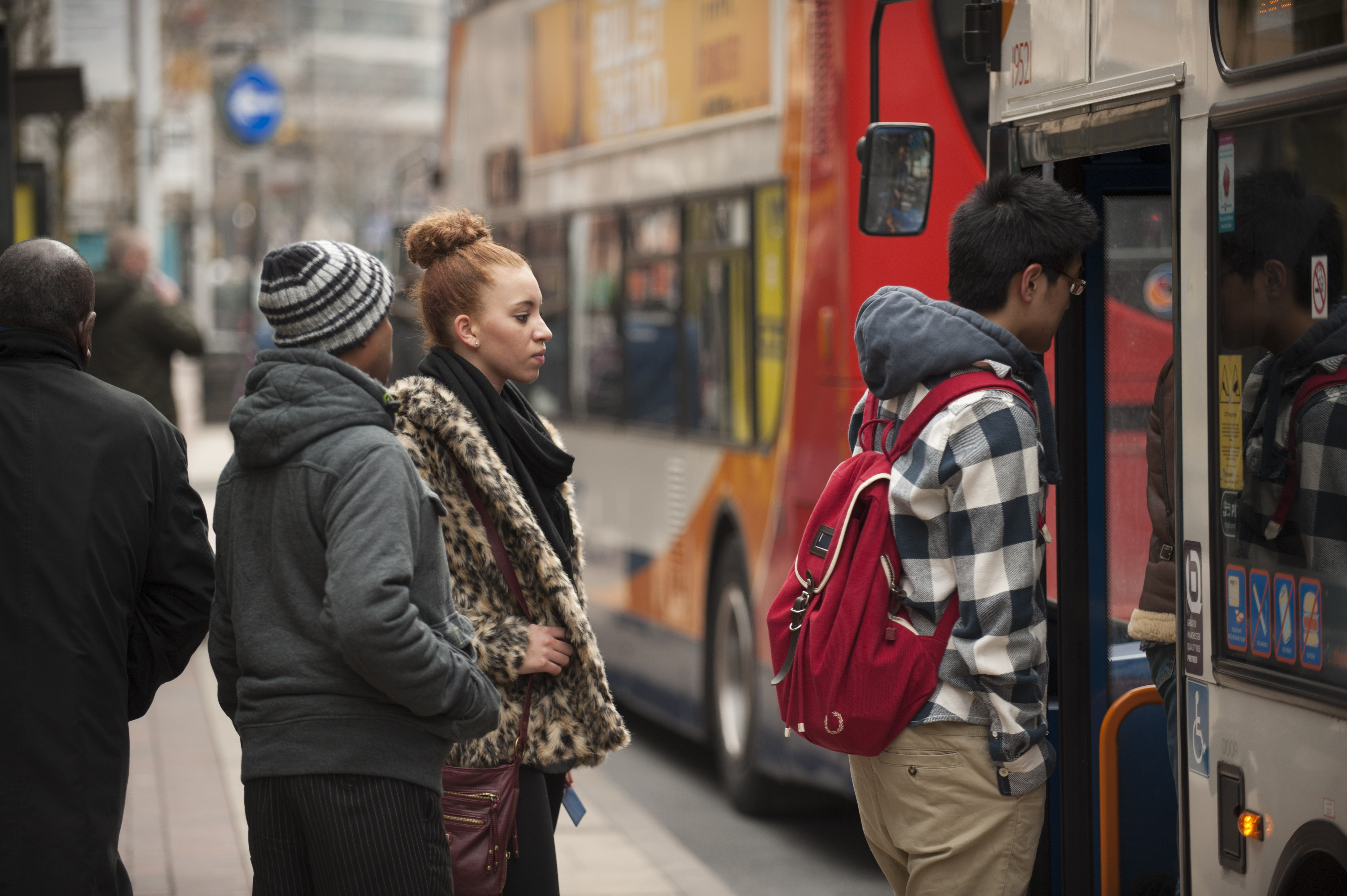
Essential journeys in London during the crisis – London TravelWatch guest blog
15 April 2020
Like transport providers across the rest of the UK, Transport for London (TfL) has had to significantly reduce the services it provides to account for staff sickness and a near 92 per cent drop in journeys. With 37 non-interchange Underground stations currently closed, and bus services operating to weekend timetables, travel in London is looking very different amidst the crisis.
Feedback from transport users
In the last couple of weeks, we have been working with Transport Focus to build up a better picture of the concerns and priorities of those still traveling on public transport to make essential journeys. We have called for transport users to get in touch via email or social media, as well as reaching out to community groups and professional bodies for insight about the issues being faced by key workers and those making other essential journeys.
Results from the Transport User Panel survey, which took place between 2 and 7 April and is published in full tomorrow, echo the feedback we have received from Londoners. The key priorities for London’s transport users centre on familiar issues such as information and service reliability, but also the more pressing issues of safety and cleanliness.[1]
Information
A top priority in normal times, timely and accurate information is even more important during the crisis. Information about service changes must be kept up to date to help London’s key workers get to and from work: they should not be left confused due to altered timetables.
“Although, as expected, a restricted service was in operation the information was very good.”
London Underground user
“I use the night bus. I would be happy if they can display the time the bus is coming so that I don’t sit in the cold. They don’t follow the normal timetable sometimes so if l miss it l have to wait for about 35 minutes for the next one which means that l get to work late.”
Bus user
Safety
Pictures of crowded tube trains with passengers and staff forced into close proximity are prompting calls for the Mayor, Sadiq Khan, and TfL to put more services back on. Unfortunately, this is unlikely as reduced staff numbers mean there simply isn’t enough workforce to run a fuller service. Nonetheless, it is essential TfL does all it can to minimise the crowding faced by Underground users who are worried about their personal safety.
“Earlier in the pandemic, there were a frustrating number of non-essential journeys being made, but this was much improved later. Closure of the Circle line was a pain, but understandable.”
London Underground user
“I take the District line between Victoria and Acton Town so I can get to my NHS job. The journey is fast and comfy, but I don’t feel as safe as I could because the trains and platforms can get a bit busy with the current reduced service.”
London Underground user
“The Tube service has been cut significantly leading to the tubes being too busy for effective social distancing. I felt very anxious about travelling in this way and felt my safety was compromised by the crowding. It has improved somewhat as people are getting the message about the Tube being for key workers only but it is still busier than I would feel comfortable with and impossible to stay 2m apart at peak times.”
London Underground user
Service changes and mode shifts
Feedback has also shown that where they have the means to, some transport users are switching to car journeys to get to work, as this is perceived as safer and more reliable.
“Travelling to/from work as train services became more unreliable late evenings. It is what it is…the train staff were doing the best they could.”
Former National Rail user who is now driving instead
“I’m a key worker (police officer) and for the duration of the emergency I’ve given up on the train and moved to the car for the following reasons:
- parking charges have been suspended
- the train service has been reduced and I’m a bit worried about being in close proximity to others
- the car is now quicker and after a 12+ hour shift getting home quickly is a priority (and won’t be cancelled or delayed).”
Car user
So what is TfL doing to help key workers get to work safely?
Many of the images of packed tube trains are coming from some of London’s busiest interchange stations, including Stratford and Canning Town. TfL is aware of this problem, and is encouraging key workers to travel outside the busiest times between 05:45-07:30 and 16:00-17:30.
We will continue to monitor the situation, but are aware that this is currently the busiest part of the network and so we may need to wait to see the impact of TfL measures. TfL is continuing to work with National Rail partners and the Government to send a strong ‘do not travel unless essential’ message out to Londoners.
In addition to this, TfL is:
- working with Metropolitan Police and the British Transport Police to ensure that those who are travelling need to be making those journeys
- putting station control measures in to manage crowds and flow and increasing services (where possible) at the busiest times
- lifting the Congestion Charge and Ultra Low Emission Zone to help key workers move around
- pausing all TFL and Crossrail construction works to reduce the number of construction workers travelling
- helping staff get to Project Nightingale, the NHS hospital which has been built in the Excel Centre and is now open – 24/7 free shuttle buses to transfer staff to and from local car parks and hotels have been arranged, and TfL is working to keep local roads, routes and tunnels as free-flowing as possible, ensuring that all public transport is regularly cleaned with strong anti-viral disinfectant.
As ever, London TravelWatch and Transport Focus are continuing to represent transport users during this time. If you are still travelling in London for work or other essential journeys, and have any comments, suggestions or concerns we would like to hear from you. You can email info@londontravelwatch.org.uk or tweet @LonTravelWatch if you would like to help.
[1] The quotes from transport users have been collected via the Transport Focus Transport User Panel Survey and from our own direct responses from transport users over the last few weeks






